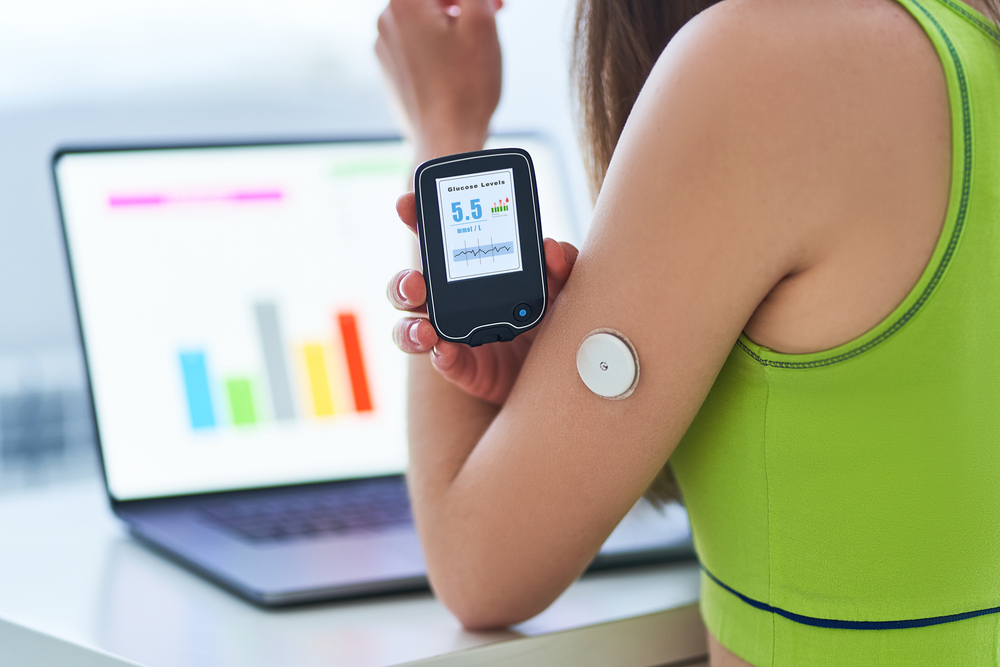
FAQ About Wearable Health Technology

How can wearable health technology improve healthcare?
Wearable health technology has the potential to improve healthcare in several ways, including:
Remote patient monitoring: Wearable health technology allows healthcare professionals to remotely monitor patient health in real-time. This can be particularly useful for patients with chronic conditions or those who require regular monitoring.
Early detection and intervention: Wearable health technology can detect potential health issues early on, allowing for prompt intervention and treatment before the condition becomes more serious.
Personalized treatment: The data collected by wearable health technology can be used to develop personalized treatment plans that are tailored to the individual's specific needs and goals.
Improved patient engagement: Wearable health technology can provide patients with motivation and engagement to stay active and maintain healthy behaviors by setting goals, tracking progress, and providing feedback.
Improved data collection and analysis: Wearable health technology can provide healthcare professionals with a wealth of data on patient health, which can be used to inform treatment decisions and improve healthcare outcomes.
Cost savings: Wearable health technology can help reduce healthcare costs by reducing the need for in-person appointments and hospitalizations.
Wearable health technology has the potential to improve healthcare delivery, enhance patient outcomes, and reduce healthcare costs. However, it is important to ensure that the technology is integrated into healthcare systems in a way that maximizes its potential benefits while minimizing potential risks and challenges.
